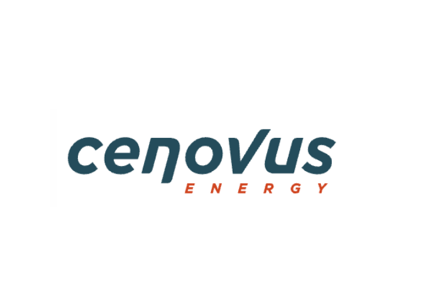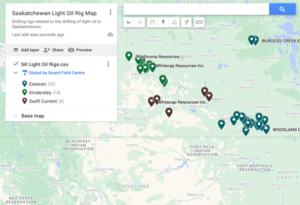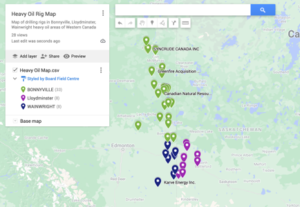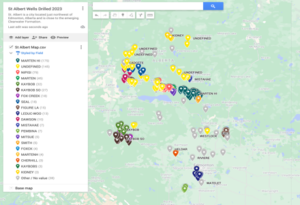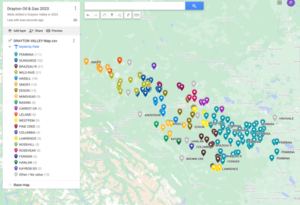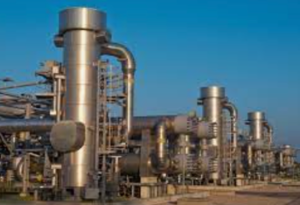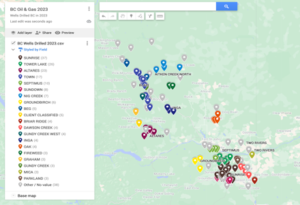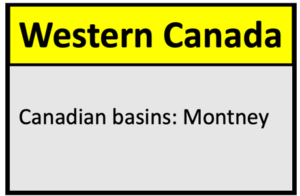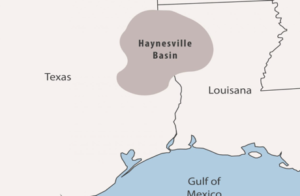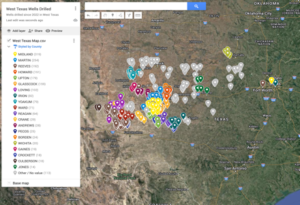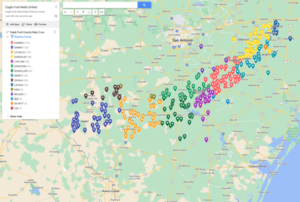Cenovus achieved industry-leading steam-to-oil ratio (SOR) efficiencies, with Christina Lake at ~2.1 and Foster Creek at ~2.3, significantly lower than the industry average (~3.0+), reducing fuel costs and increasing production. These efficiencies contributed to record Oil Sands production (628,500 BOE/d in Q4 2024) by maximizing bitumen recovery while minimizing steam usage and operating expenses. Moving forward, Cenovus will continue optimizing SOR at key assets, including Foster Creek, Christina Lake, and the Narrows Lake project, to drive low-cost, high-margin growth in 2025 and beyond.

1. What is SOR & Why It Matters
The steam-to-oil ratio (SOR) is a key efficiency metric for thermal oil sands operations, measuring the amount of steam required to produce one barrel of bitumen. A lower SOR means less steam is used per barrel, reducing fuel consumption, water usage, and operating costs, while improving overall production efficiency.
2. Cenovus’s Industry-Leading SOR Performance
Cenovus operates some of the most efficient steam-assisted gravity drainage (SAGD) projects in the industry, with a SOR significantly lower than many competitors:
- Christina Lake SOR: ~2.1
- Foster Creek SOR: ~2.3
- Industry Average SOR: Often 3.0+
By optimizing well spacing, steam injection strategies, and implementing cogeneration (producing both electricity and steam onsite), Cenovus maximizes bitumen recovery while minimizing steam usage, leading to record oil sands production at lower costs.
3. How SOR Efficiency Translates to Cost Savings & Growth
- Lower Fuel Costs – Less steam means less natural gas is needed for steam generation, reducing operating costs.
- Higher Production at Lower Costs – With a more efficient SOR, Cenovus extracts more bitumen per unit of steam, boosting output while keeping per-barrel costs low.
- Environmental Benefits – Reduced steam use lowers water consumption and CO₂ emissions, aligning with operational sustainability goals.
- Production Growth Without Significant New Infrastructure – Efficient steam management enables capacity expansion within existing facilities, reducing the need for costly new projects.
4. Record Oil Sands Production Driven by SOR Gains
In Q4 2024, Cenovus achieved its highest-ever quarterly oil sands production at 628,500 BOE/d, with Foster Creek, Christina Lake, and Lloydminster thermal projects hitting record levels. These gains were primarily driven by SOR efficiencies, well optimization, and strong facility reliability.
Looking ahead, Cenovus is continuing to invest in SOR optimization at Foster Creek, Christina Lake, and its new Narrows Lake tie-back project, ensuring low-cost, high-margin oil sands growth through 2025 and beyond.

